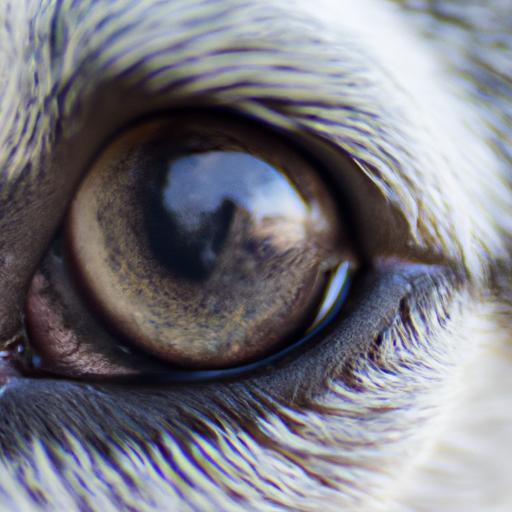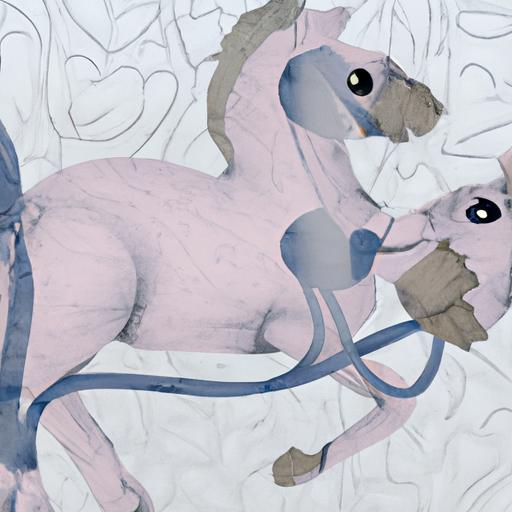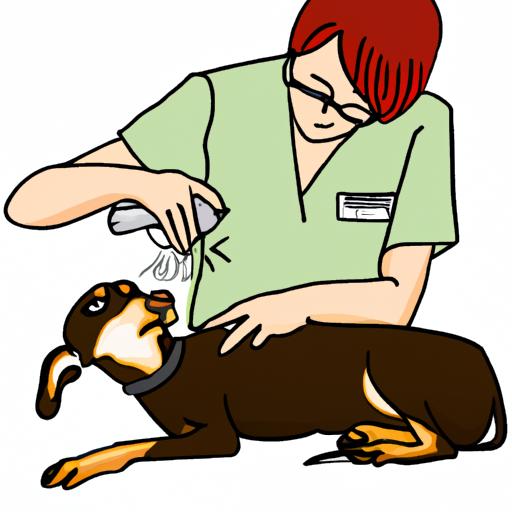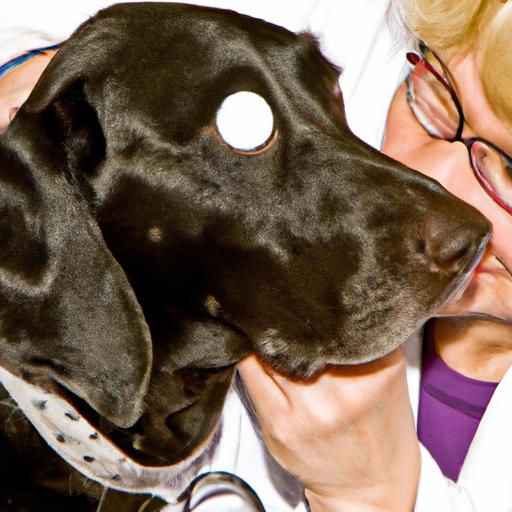
Recognizing Signs of Canine Pannus (Chronic Superficial Keratitis)
Learn how to recognize the signs of Canine Pannus (Chronic Superficial Keratitis) in dogs. Early detection is key for effective management and preserving their vision.
Introduction
When it comes to our furry companions, their health and well-being are of utmost importance. One condition that pet owners should be aware of is Canine Pannus, also known as Chronic Superficial Keratitis. In this article, we will explore what Canine Pannus is, why it is crucial to recognize its signs, and how it affects our beloved dogs.

Understanding Canine Pannus
Definition and Causes of Canine Pannus
Canine Pannus is a chronic inflammatory eye disease that primarily affects dogs. It is characterized by the infiltration of blood vessels, pigment, and immune cells into the cornea, leading to opacity, discomfort, and potential vision loss for our furry friends. The exact cause of Canine Pannus remains unknown, but it is believed to be an immune-mediated condition with possible genetic predispositions.
Breeds Prone to Canine Pannus
Certain dog breeds are more susceptible to developing Canine Pannus. German Shepherds, Belgian Tervurens, Border Collies, Greyhounds, and Siberian Huskies are among the breeds commonly affected. However, it’s important to note that Canine Pannus can occur in any breed, so vigilance is necessary for all dog owners.
How Canine Pannus Progresses
Canine Pannus is a progressive disease that typically affects both eyes simultaneously. It usually starts in the outer edges of the cornea and gradually spreads towards the center if left untreated. If not recognized and managed promptly, it can lead to corneal scarring, impaired vision, and in severe cases, blindness. Understanding the signs of Canine Pannus is vital to ensure early intervention and improve the chances of successful treatment.
Recognizing Signs of Canine Pannus
Physical Symptoms of Canine Pannus
1. Ocular Discharge and Redness
One of the noticeable signs of Canine Pannus is the presence of ocular discharge, which may be clear or slightly discolored. Additionally, affected dogs may have redness in the affected eye or eyes, indicating inflammation and irritation.
2. Cloudiness or Opacity in the Eye
As Canine Pannus progresses, a cloudy or opaque appearance may develop in the cornea. This cloudiness can obstruct the passage of light, causing vision impairment for our furry companions.
3. Inflammation and Swelling of the Eye
Inflammation and swelling of the eye can occur in dogs with Canine Pannus. This can be observed through visible changes in the appearance of the affected eye, often accompanied by discomfort or a noticeable change in the dog’s behavior.
Behavioral Signs of Canine Pannus
1. Increased Sensitivity to Light
Dogs with Canine Pannus may exhibit increased sensitivity to light, known as photophobia. They may squint, blink excessively, or try to avoid well-lit areas. This sensitivity is a result of the cornea’s compromised ability to protect the eye from excessive light exposure.
2. Excessive Blinking or Squinting
If your dog is constantly blinking or squinting, it could be an indication of Canine Pannus. The discomfort caused by the inflammation and corneal changes may lead to these repetitive behaviors as the dog tries to alleviate the discomfort.
3. Rubbing or Pawing at the Eye
Another behavioral sign to watch for is excessive rubbing or pawing at the affected eye. Dogs may try to relieve the discomfort caused by Canine Pannus by scratching or pawing at their eyes, emphasizing the need for early intervention.
FAQ about Canine Pannus
1. What is the Prognosis for Dogs with Canine Pannus?
The prognosis for dogs with Canine Pannus varies depending on several factors, including the stage of the disease at diagnosis and the dog’s response to treatment. With early detection and appropriate management, many dogs can maintain a good quality of life and retain their vision.
2. Can Canine Pannus be Prevented?
While it is not possible to prevent Canine Pannus entirely, certain measures can help reduce the risk or delay the onset of the disease. Regular eye examinations by a veterinarian, especially for susceptible breeds, can aid in early detection and intervention.
3. Is Canine Pannus Contagious to Other Dogs?
No, Canine Pannus is not contagious. It is an immune-mediated disease and cannot be transmitted between dogs.
4. How is Canine Pannus Diagnosed?
A veterinarian can diagnose Canine Pannus through a comprehensive eye examination, including an evaluation of the cornea, tear film, and other ocular structures. Additional tests, such as corneal scrapings or bloodwork, may be necessary to rule out other potential causes and determine the most appropriate treatment plan.
Conclusion
Recognizing the signs of Canine Pannus is crucial for early intervention and effective management of this chronic superficial keratitis in our furry companions. By understanding the physical symptoms and behavioral changes associated with Canine Pannus, we can provide timely care and improve the quality of life for our beloved dogs. Regular veterinary check-ups and a proactive approach to eye health are essential in safeguarding our pets from the potential impact of Canine Pannus. Remember, early detection can make all the difference in preserving their vision and well-being.




























